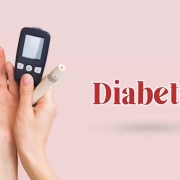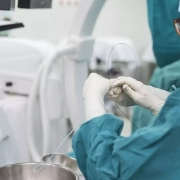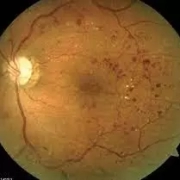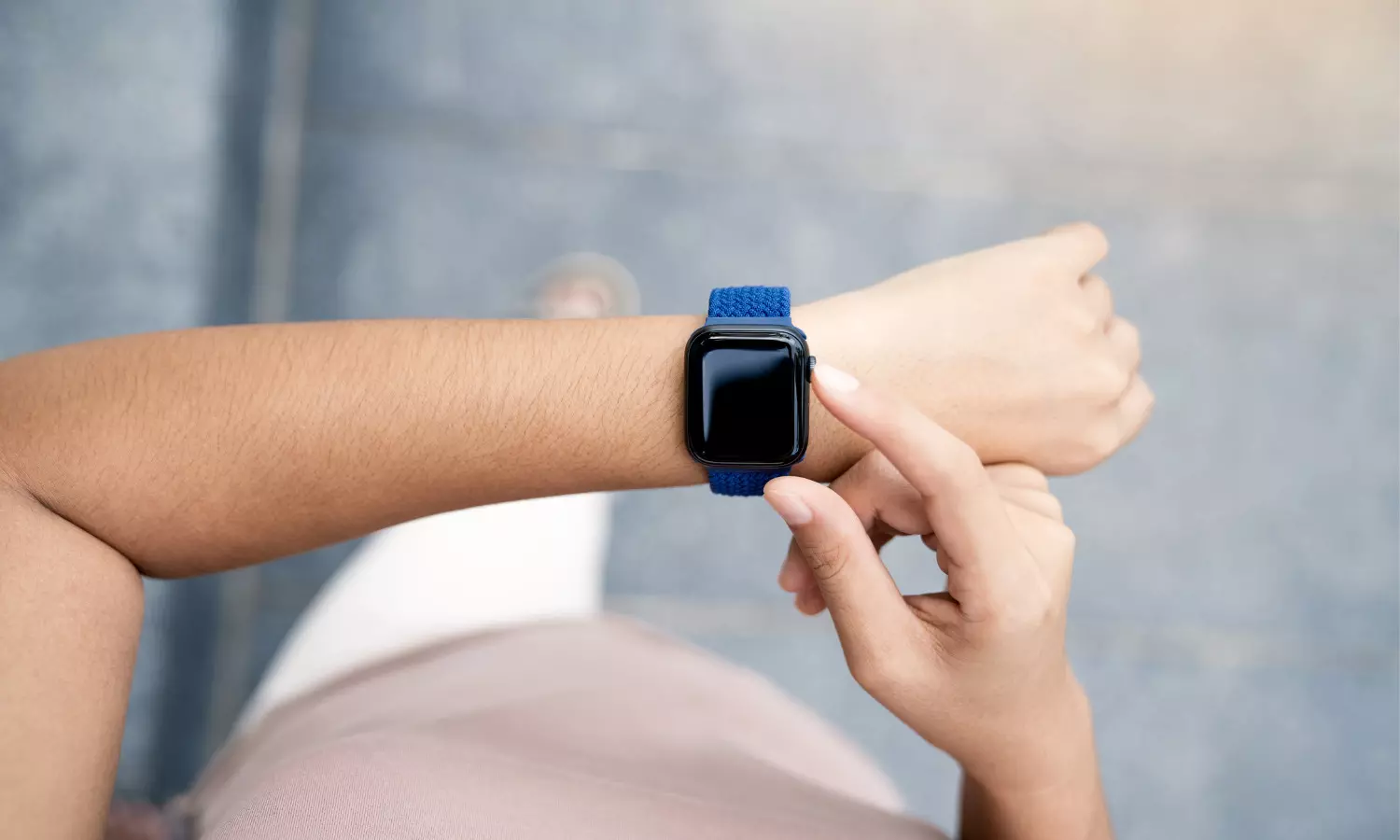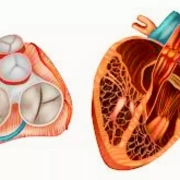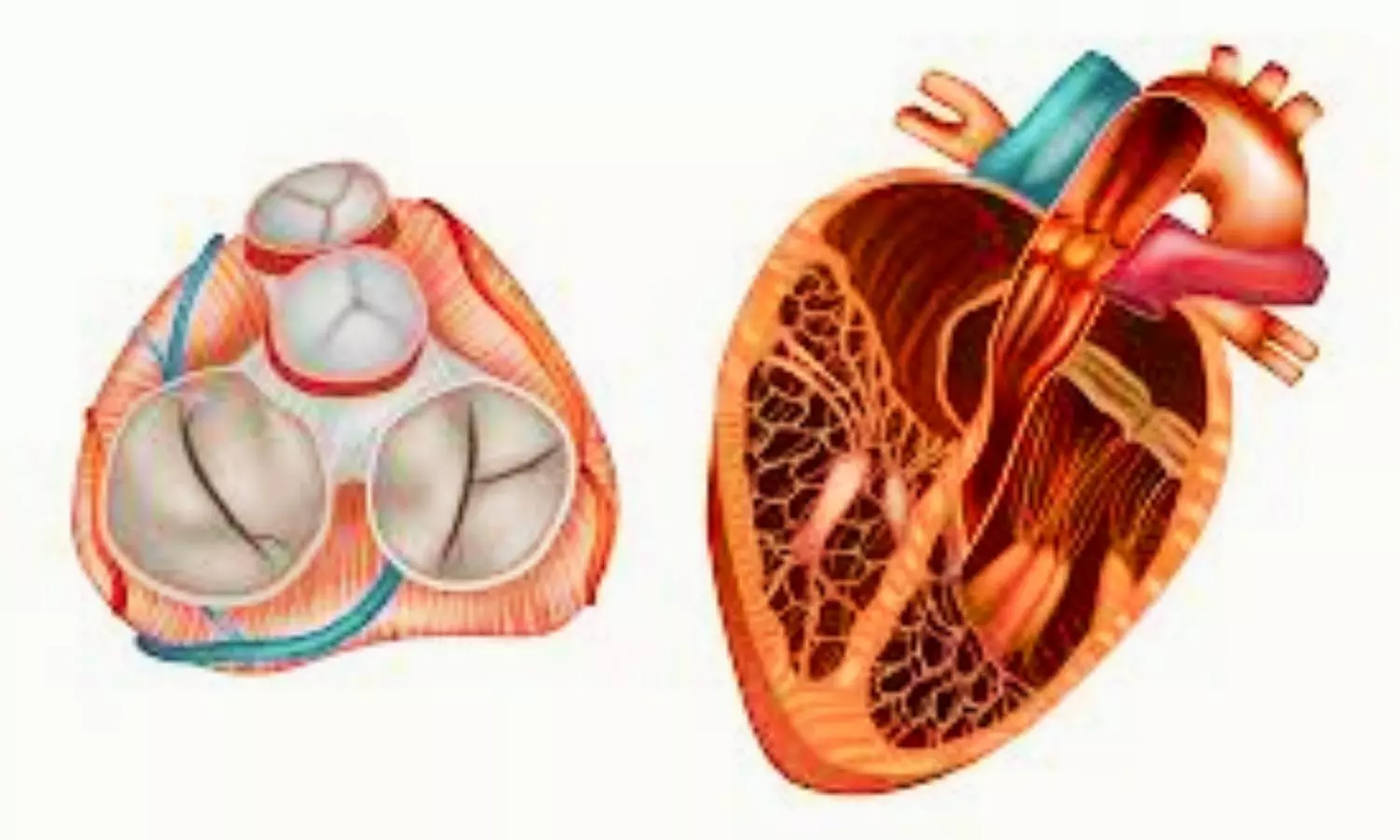CAMH develops potential new drug treatment for multiple sclerosis

CAMH-led pre-clinical studies using a small molecule drug have shown promise as a potential new treatment for multiple sclerosis (MS). The results have been published today in the journal Science Advances.
Expanding on Dr. Fang Liu’s earlier work that identified a novel drug target for the treatment of MS, she and her team have now created a small molecule compound that is effective in two different animal models of MS. This represents a key advancement that brings this MS research closer to the clinic to impact patient care.
MS is a progressive neurological disease that currently has no cure. It is associated with a wide-range of debilitating symptoms, including problems with coordination, cognition, muscle weakness and depression. For unknown reasons, it is more common in northern latitudes and more than twice as common in women.
It is known that MS damages myelin, a protective sheath that forms around nerves in the brain and spinal cord. As the myelin damage is triggered by inflammation in the immune system, up until now all current drug treatments for MS target the immune system.
In this study, CAMH Senior Scientist Dr. Fang Liu and her team treated MS in a completely different way-targeting the glutamate system. Study results showed that the newly synthesized lead compound not only reduced MS-like symptoms, it also may repair the damaged myelin in two different pre-clinical models of MS.
“Our compound had a stunning effect on rescuing myelin and motor function in the lab models, and I hope these effects will translate to the clinic to add to current treatments and bring new hope to patients with MS,” said Dr. Liu. “As with cancer chemotherapy drug cocktails, simultaneous targeting of the MS disease pathway at multiple points can have synergistic effects and result in better outcomes.”
Dr. Iain Greig, Reader in Medicinal Chemistry at the University of Aberdeen, alongside his team, are working to turn the molecules identified by Dr. Liu into advanced “drug-like” molecules suitable for continued development towards clinical use in patients. He added: “In all my years as a medicinal chemist, I have never seen a more promising starting point for a drug development project. It has been a huge pleasure to be involved in this program and I am looking forward to continuing to drive it towards to the clinic.”
Much of the funding for this novel treatment for MS, which Dr. Fang and her team have been investigating for over a decade, has come from the Multiple Sclerosis Society of Canada and the National Multiple Sclerosis Society USA’s Fast Forward commercial research program.
“We are pleased to have helped enable the early development of a novel neuroprotective strategy for MS, and look forward to seeing it progress through the critical next stages needed to determine its potential benefits for people living with MS,” said Walt Kostich, PhD, head of the National MS Society (USA)’s Fast Forward commercial research program.
Dr. Liu believes that the evidence of efficacy and tolerability generated in this study for the small molecule drug makes it a good candidate to be developed for human trials. The next steps in drug development will involve some further pre-clinical research, including investigating safety and stability of the compound. CAMH and the University of Aberdeen have already filed patent applications to protect this research and are actively seeking industry partners to further advance this work towards clinical trials over the next few years.
Reference:
Dongxu Zhai et al. ,Small-molecule targeting AMPA-mediated excitotoxicity has therapeutic effects in mouse models for multiple sclerosis.Sci. Adv.9,eadj6187(2023).DOI:10.1126/sciadv.adj6187.
Powered by WPeMatico






